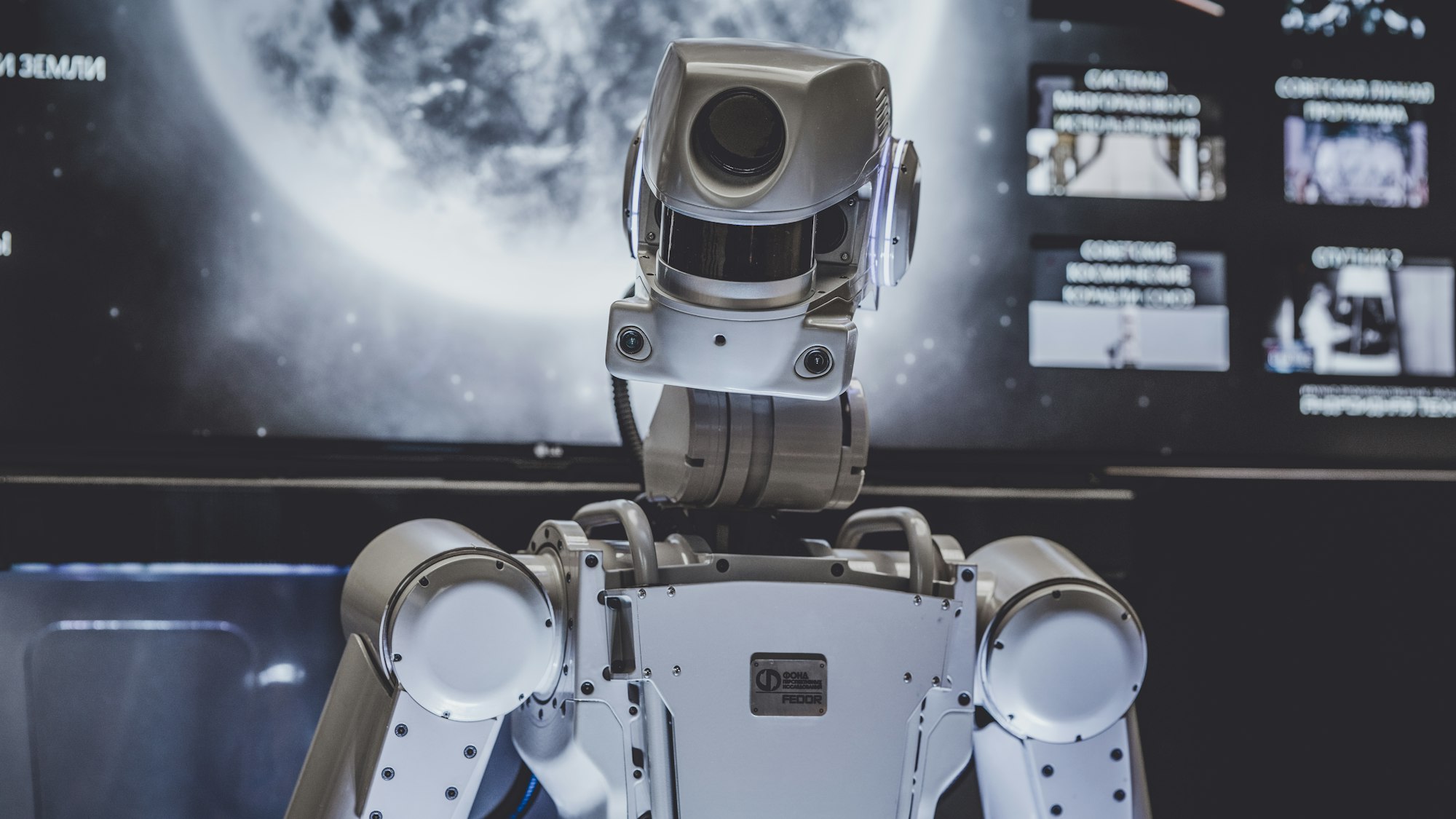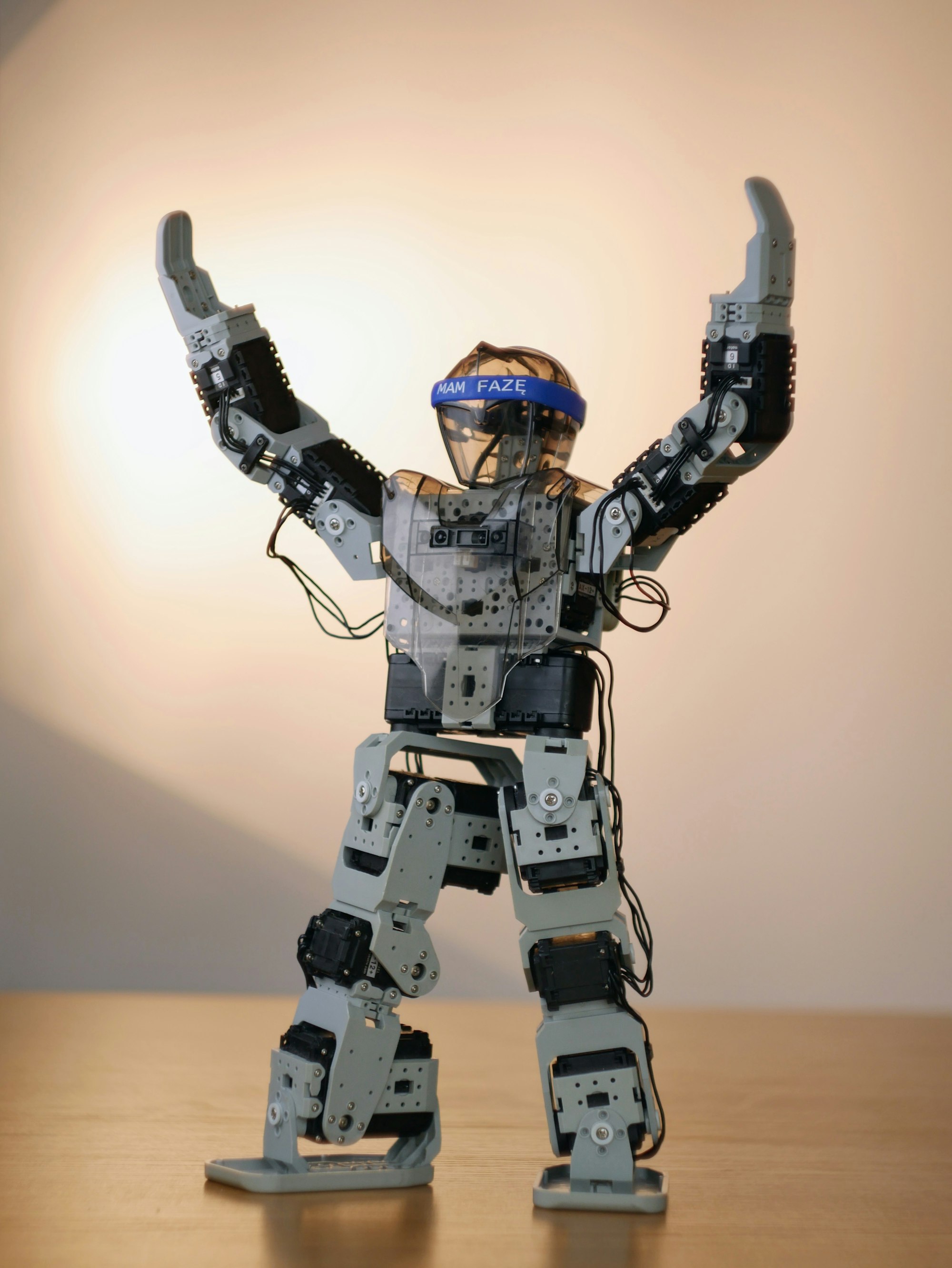

The U.S. Army is Creating Robots With Synthetically Grown Muscle
source link: https://smosa.com/army-building-robots-with-synthetic-muscle/
Go to the source link to view the article. You can view the picture content, updated content and better typesetting reading experience. If the link is broken, please click the button below to view the snapshot at that time.
The U.S. Army is Creating Robots With Synthetically Grown Muscle

According to an announcement in EurekAlert!, The U.S. Army has been researching with Duke University a technological approach that uses robotics and "biohybrid" muscle elements.
Army researchers claim that robotic systems filled with muscle tissue will deliver a new level of agility and flexibility. In order to maximize efficiency, biohybrid robotics incorporates living organisms into mechanical systems. The team's first applications are legged platforms similar to the LLAMA and Marine Corps Legged Squad Support System (LS3), the legged locomotive and movement adaptation device of the Army.
"Though impressive in their own right, today's robots are deployed to serve a limited purpose then are retrieved some minutes later," said research scientist Dr. Dean Culver, "ARL wants robots to be versatile teammates capable of going anywhere soldiers can and more, adapting to the needs of any given situation." Culver added, "Organisms outperform engineered robots in so many ways. Why not use biological components to achieve those remarkable capabilities?"

In addition, a separate team from Duke University will focus on the characteristics of macroscopic performance of muscles, tendons and ligaments in skiping animals using legged robots.
The muscle tissue is excellent for generating a certain mechanical strength, and its flexibility is unrivaled in today's robotic service. The research could show the bio-hybrid engineering community how to grow strong muscular tissue instead of extracting it from a trained organism in addition to providing insight into the mesomechanics that control motor protein movement.
"Muscle tissue is outstanding at producing a specific amount of mechanical power at a given moment," says Culver, "and its versatility is unrivaled in robotic actuation today."

Adam Grant
Science Writer, Author of "How to Argue on The Internet" (2021), Software Engineer, B.A. Biology
Recommend
About Joyk
Aggregate valuable and interesting links.
Joyk means Joy of geeK